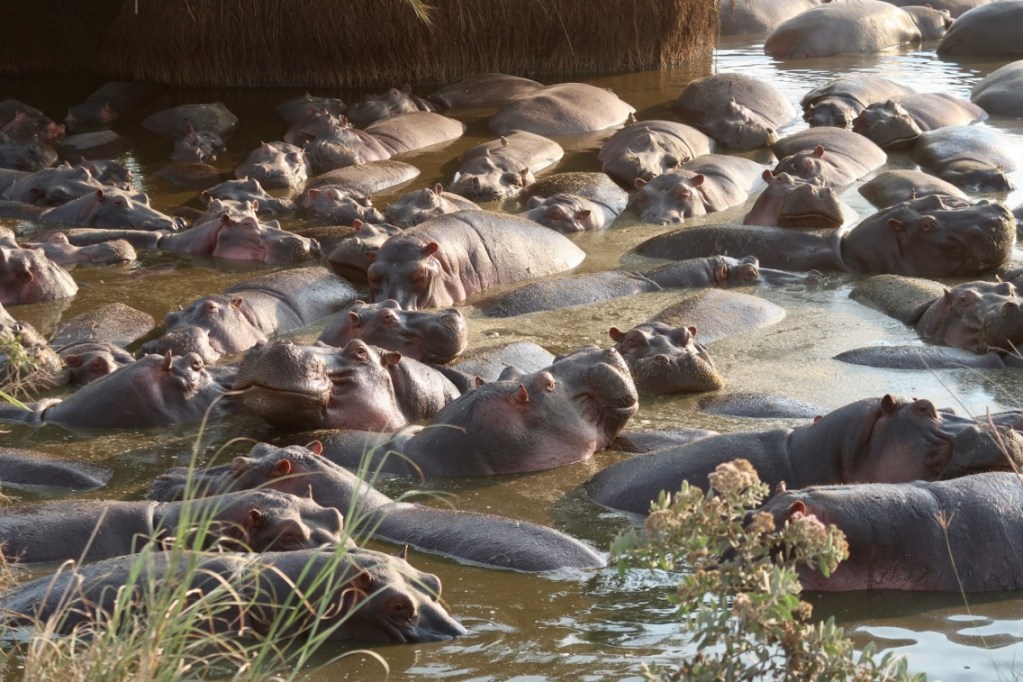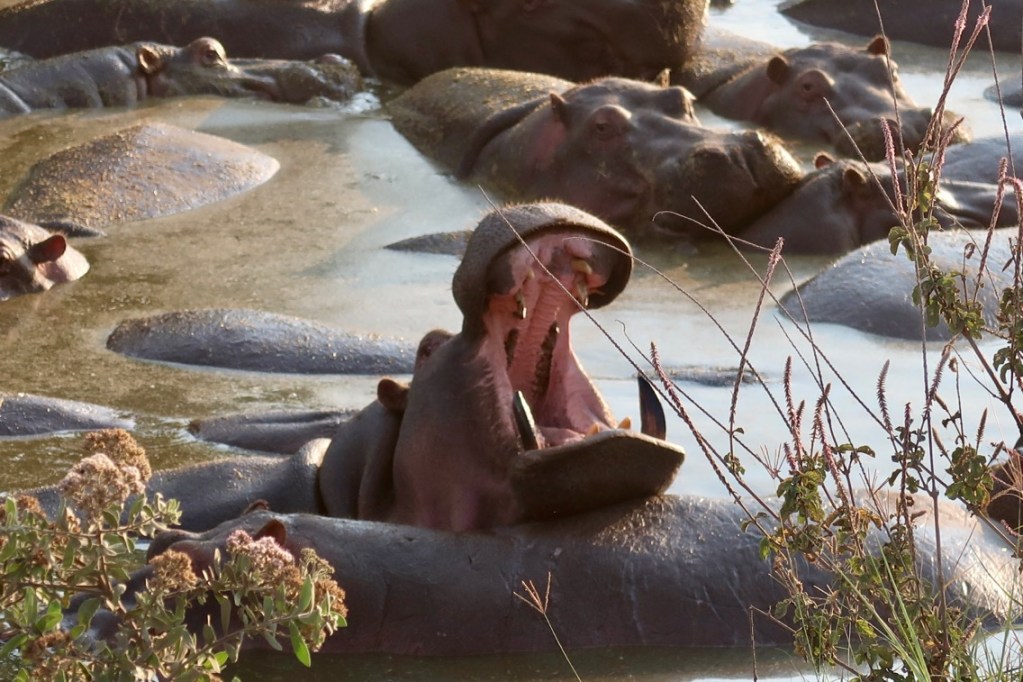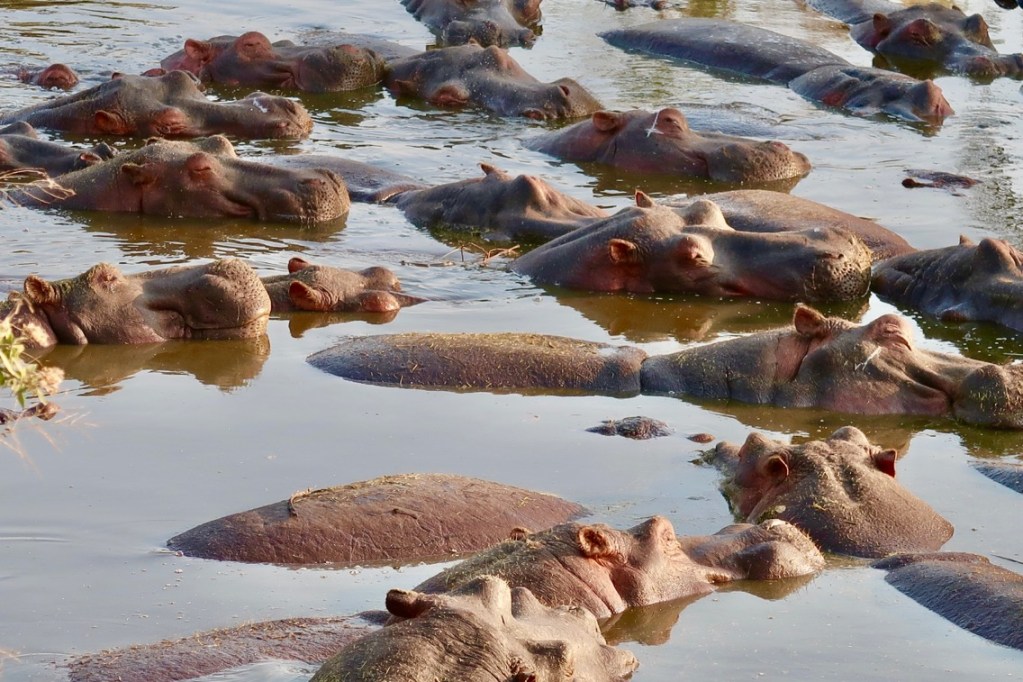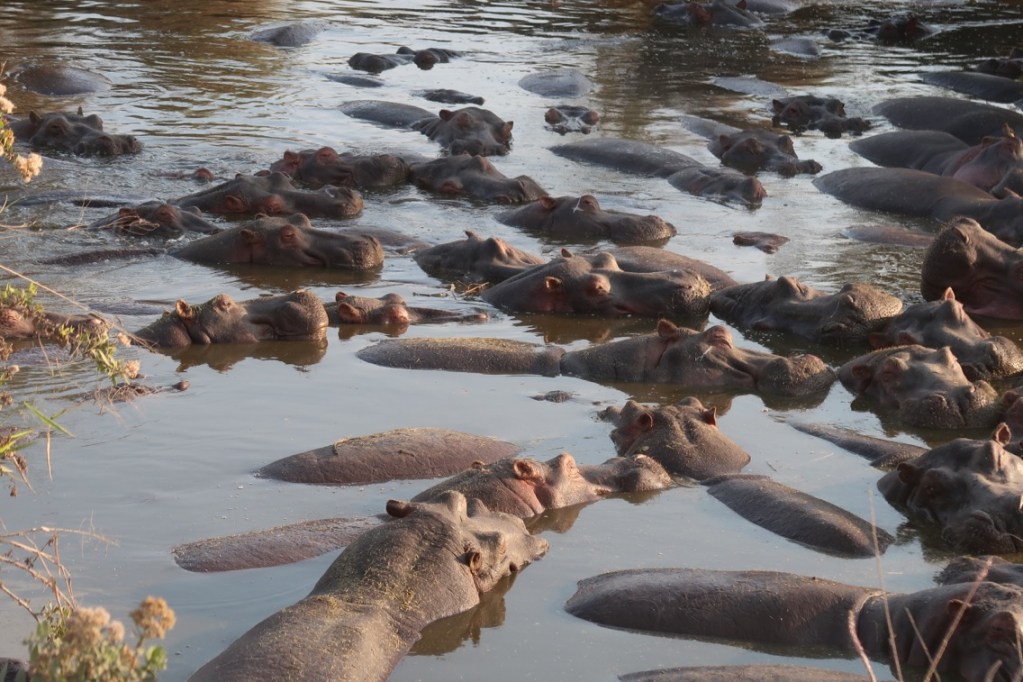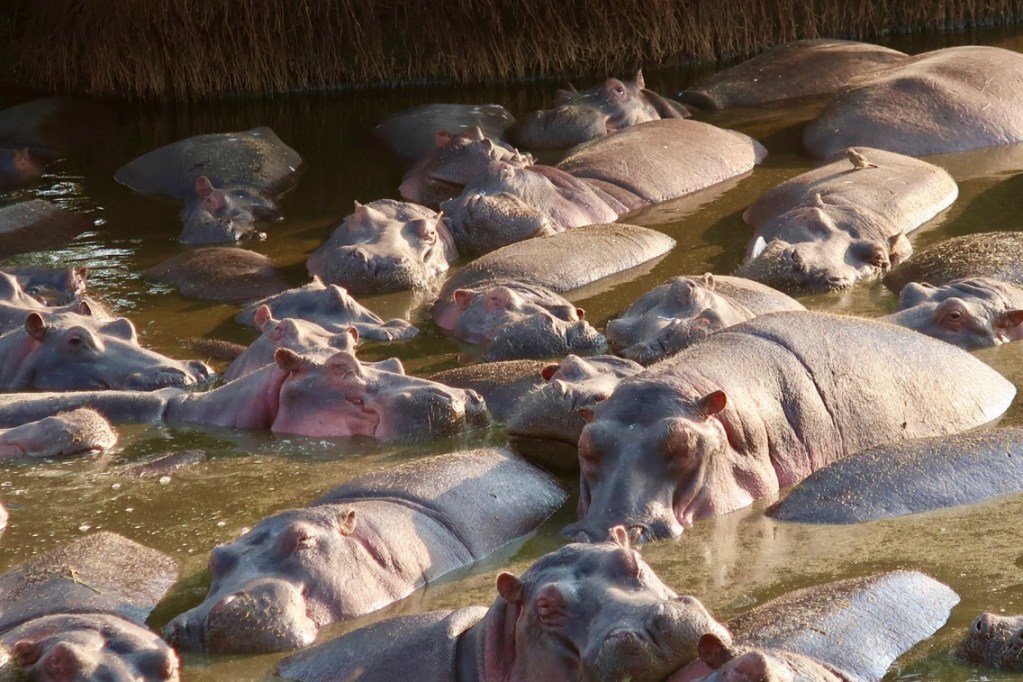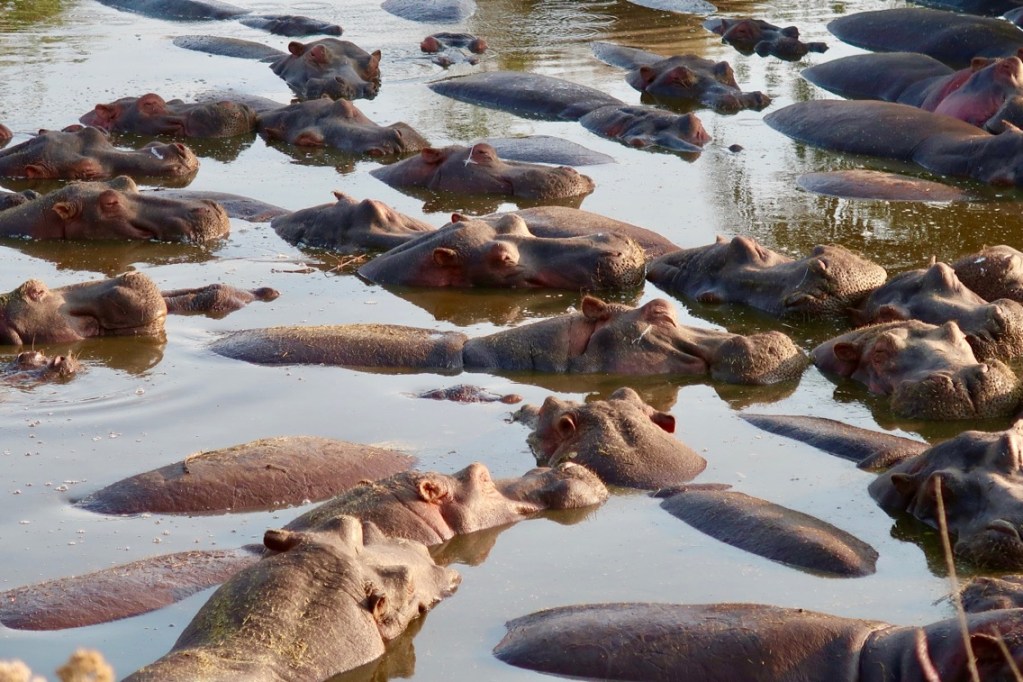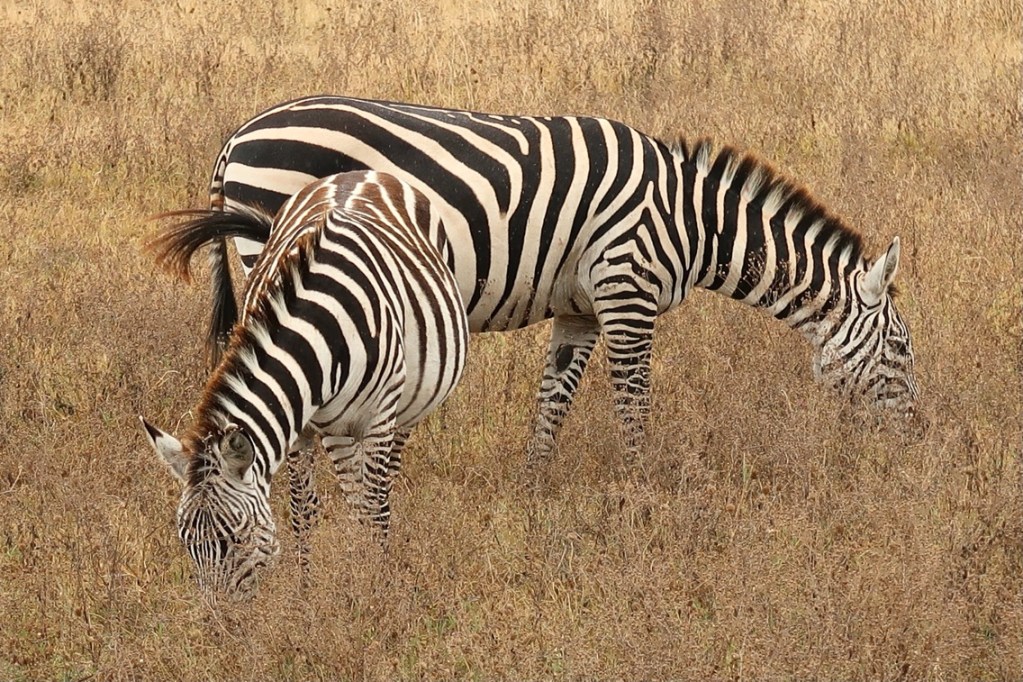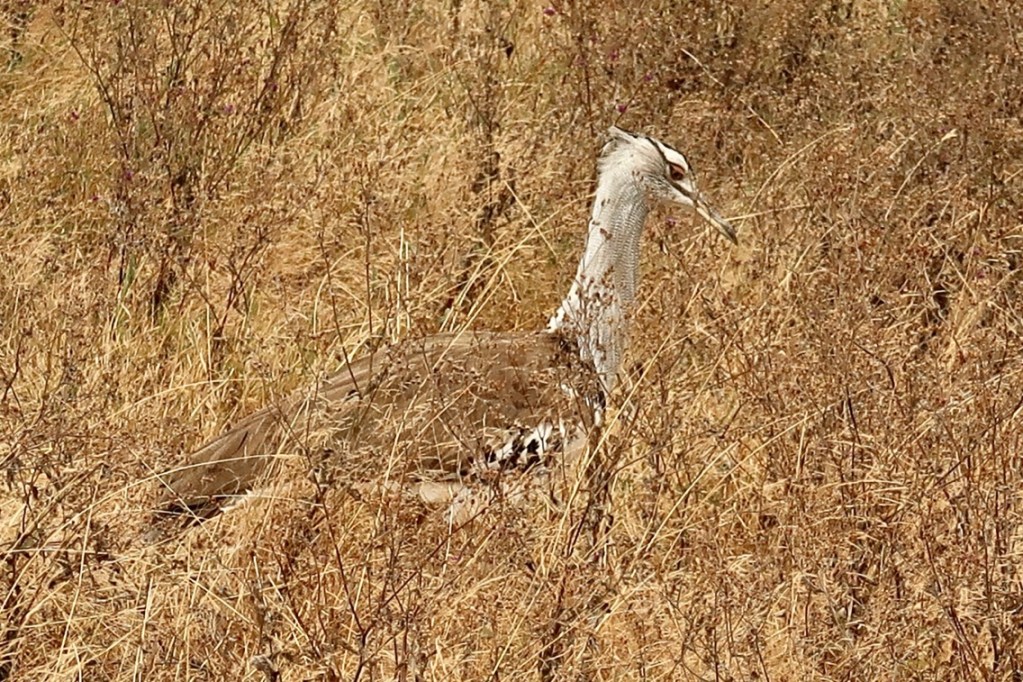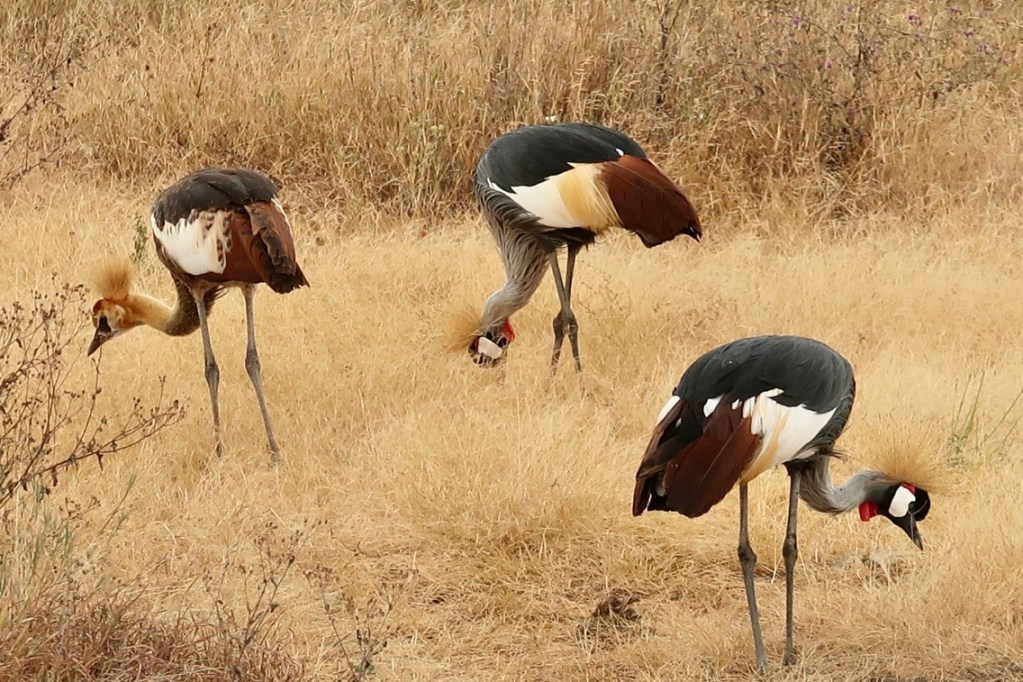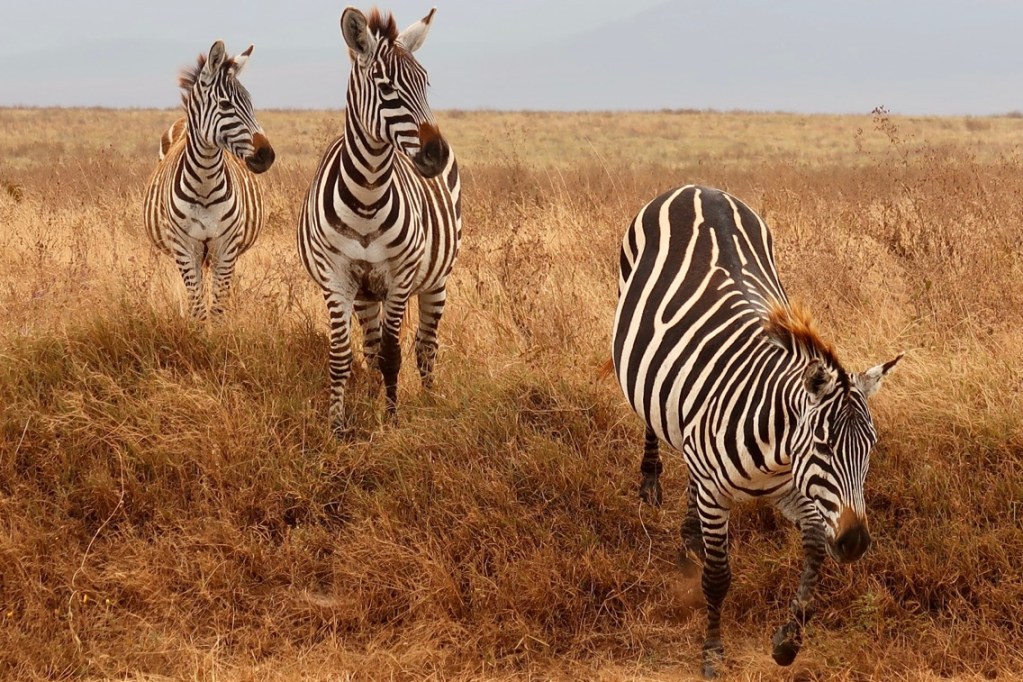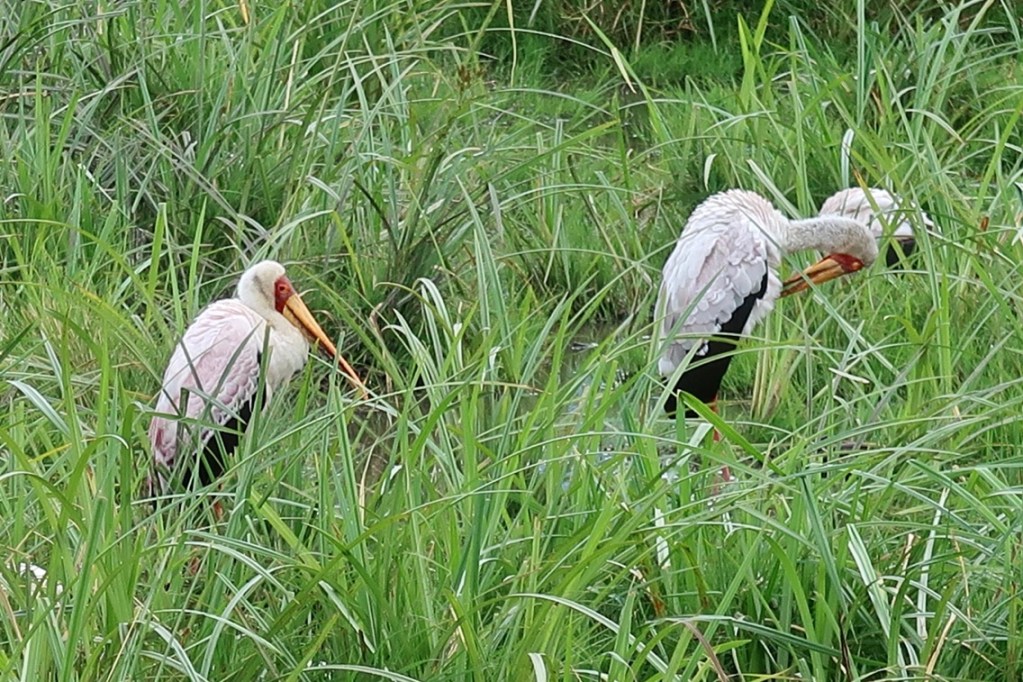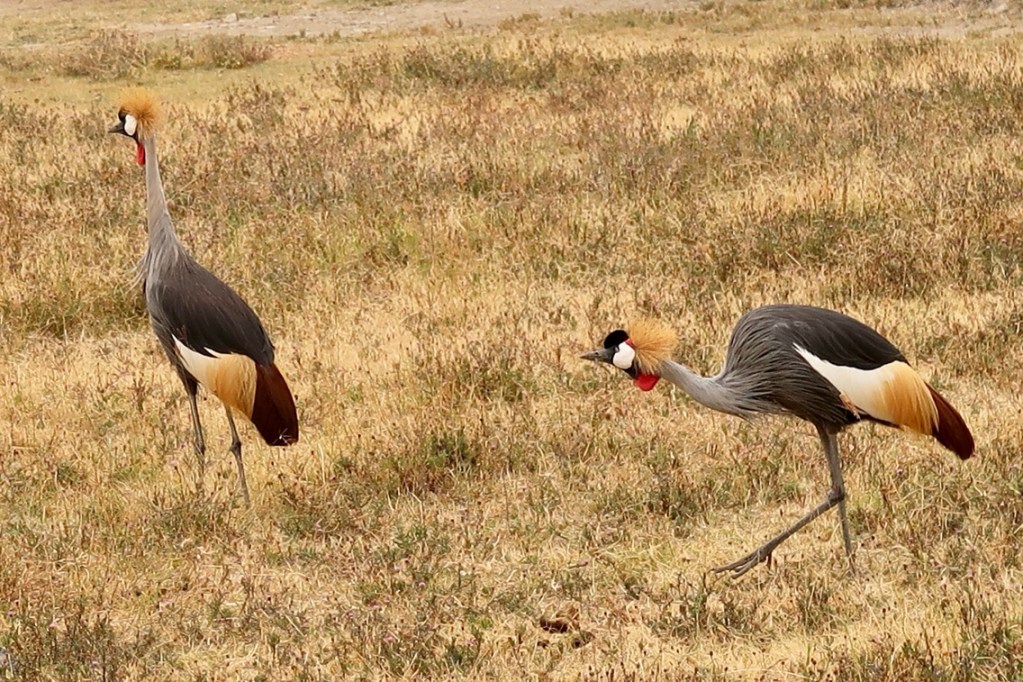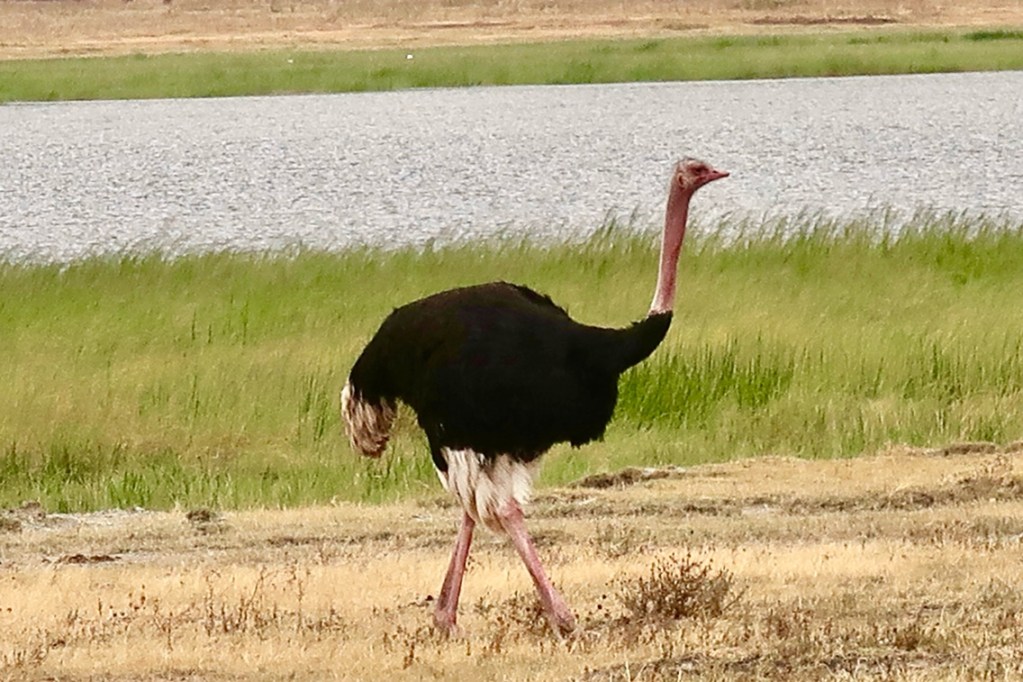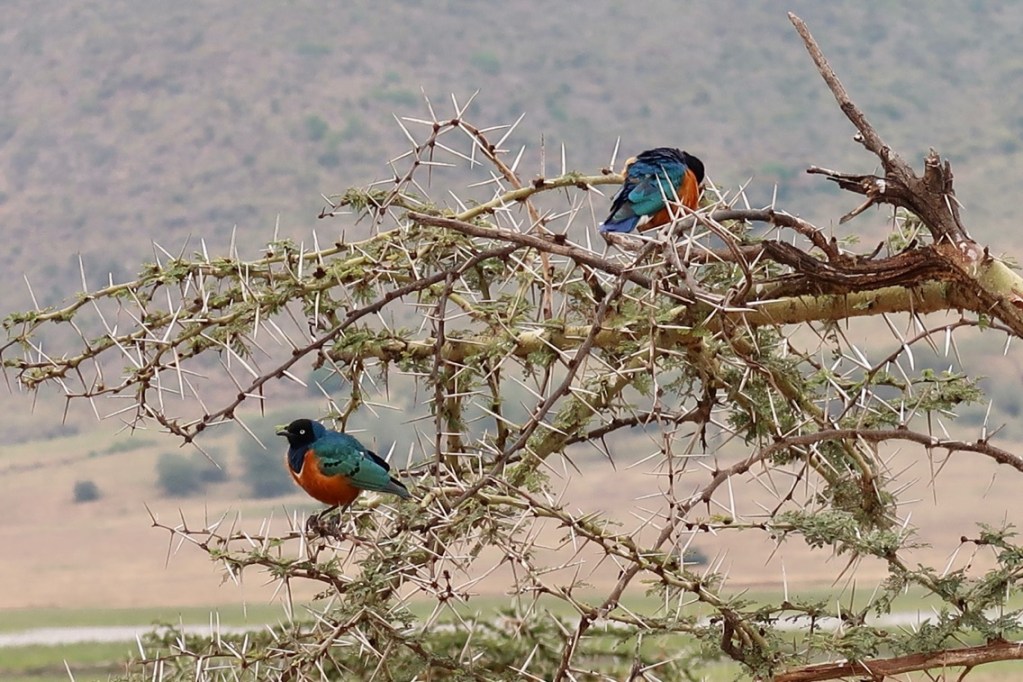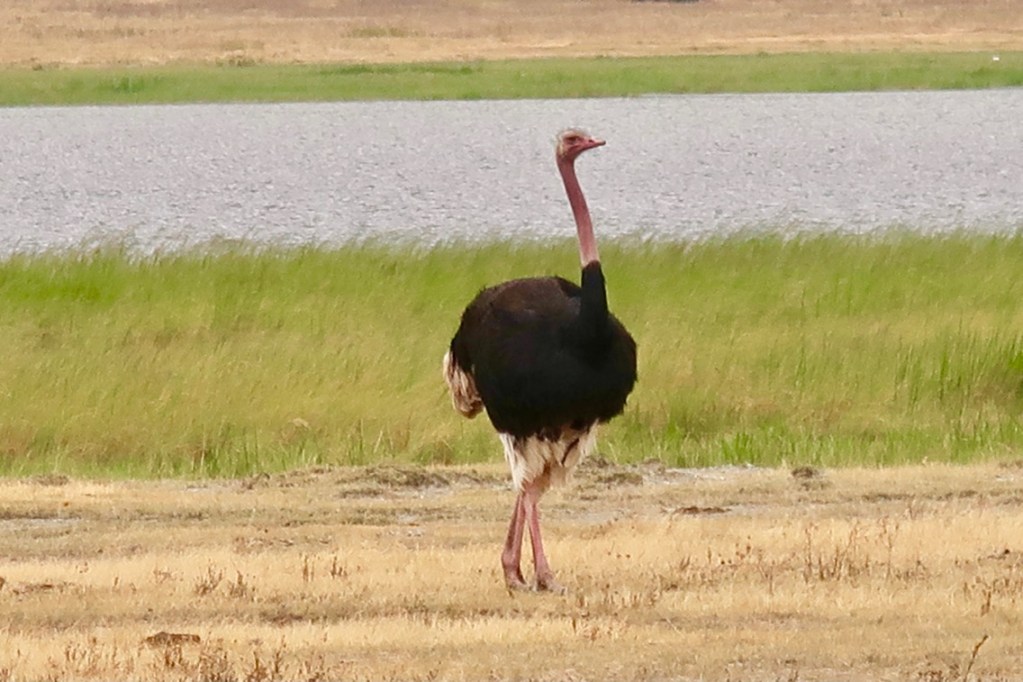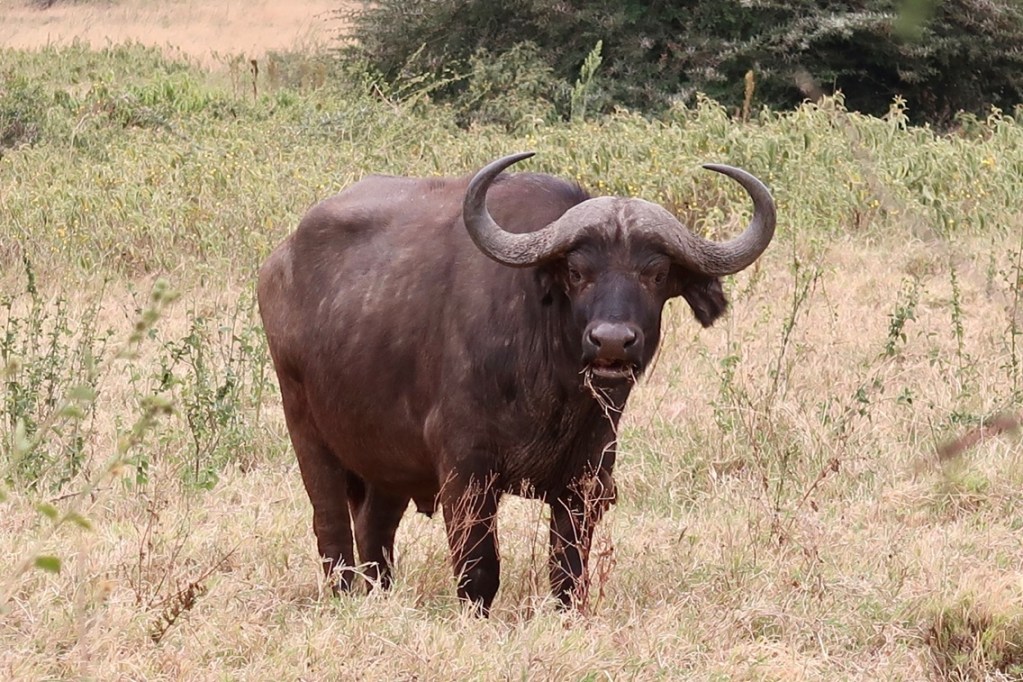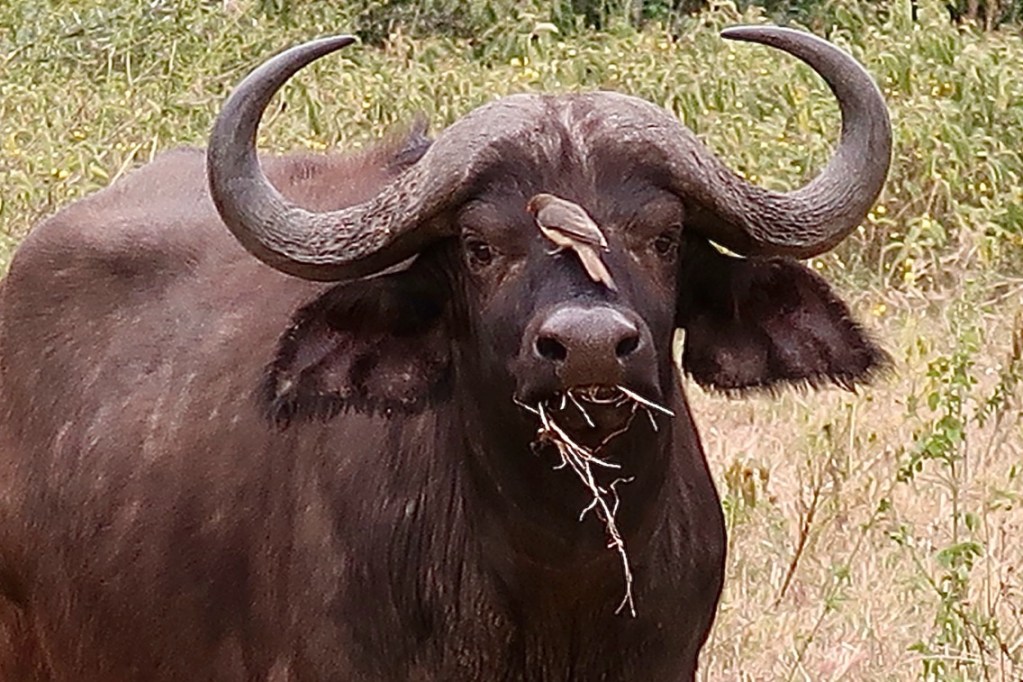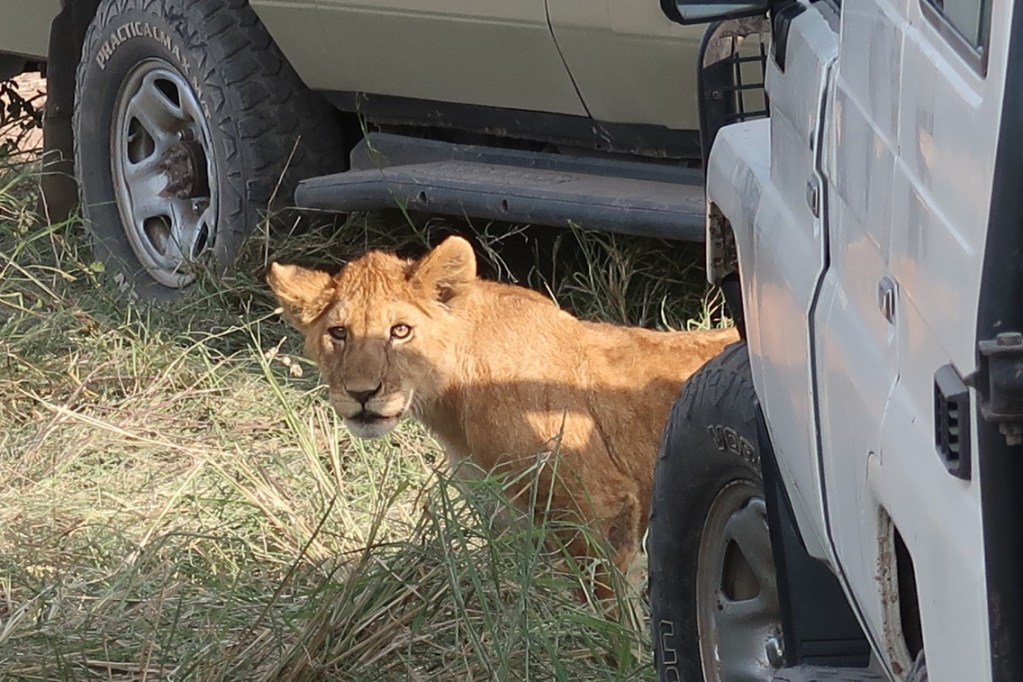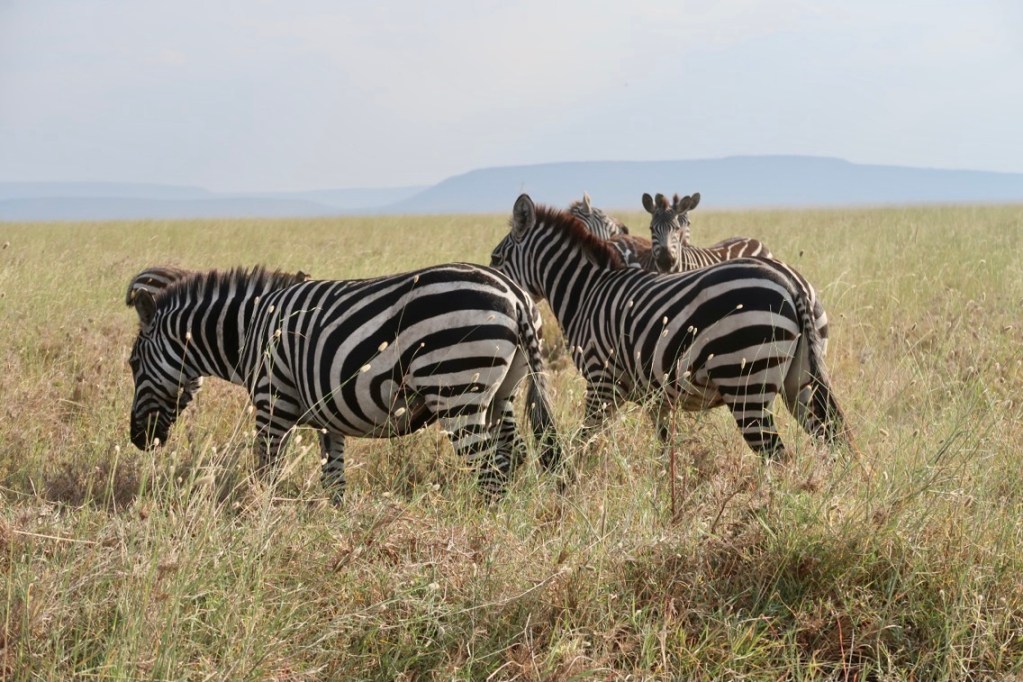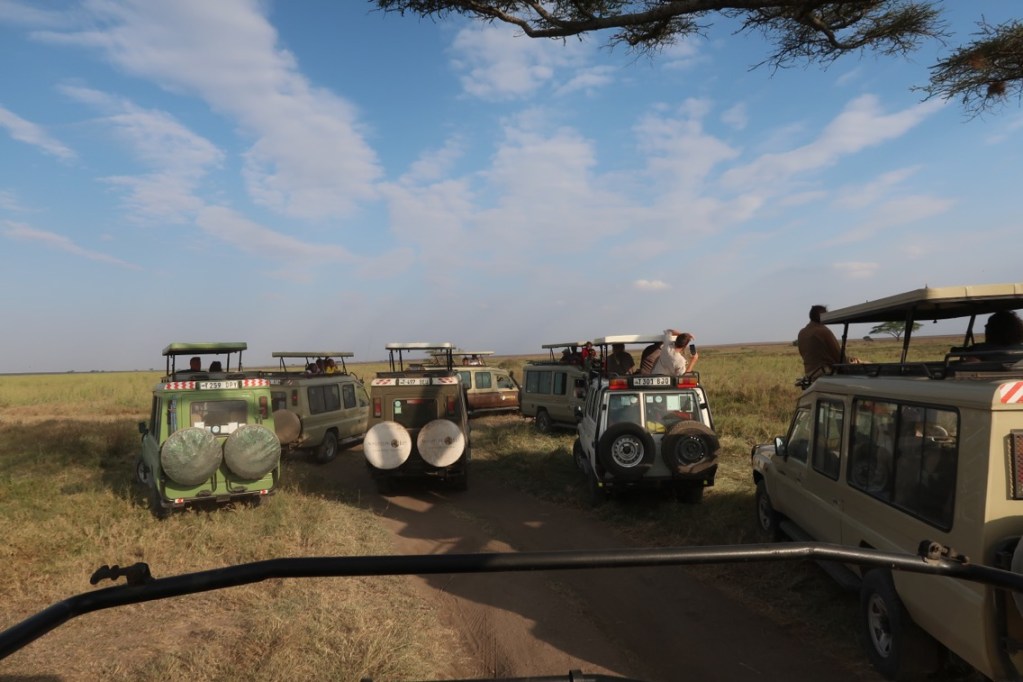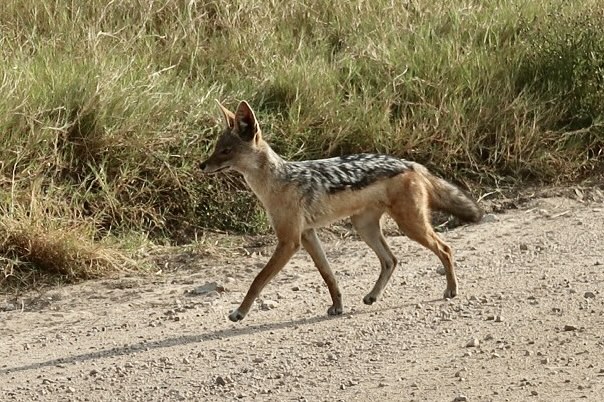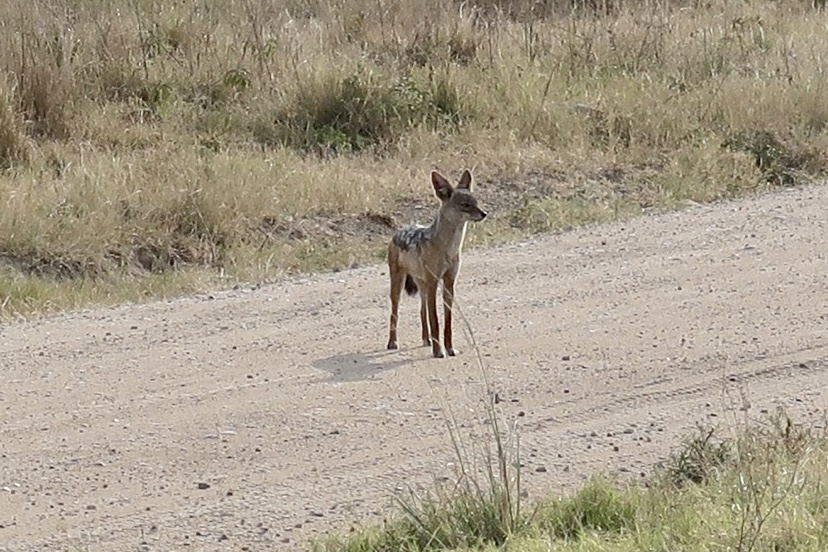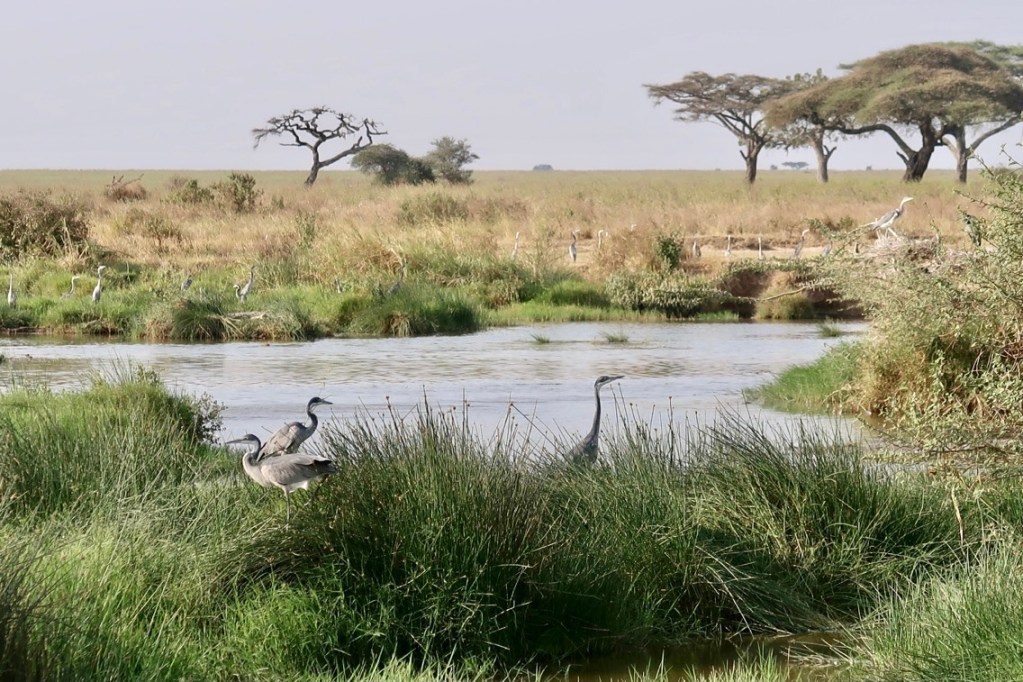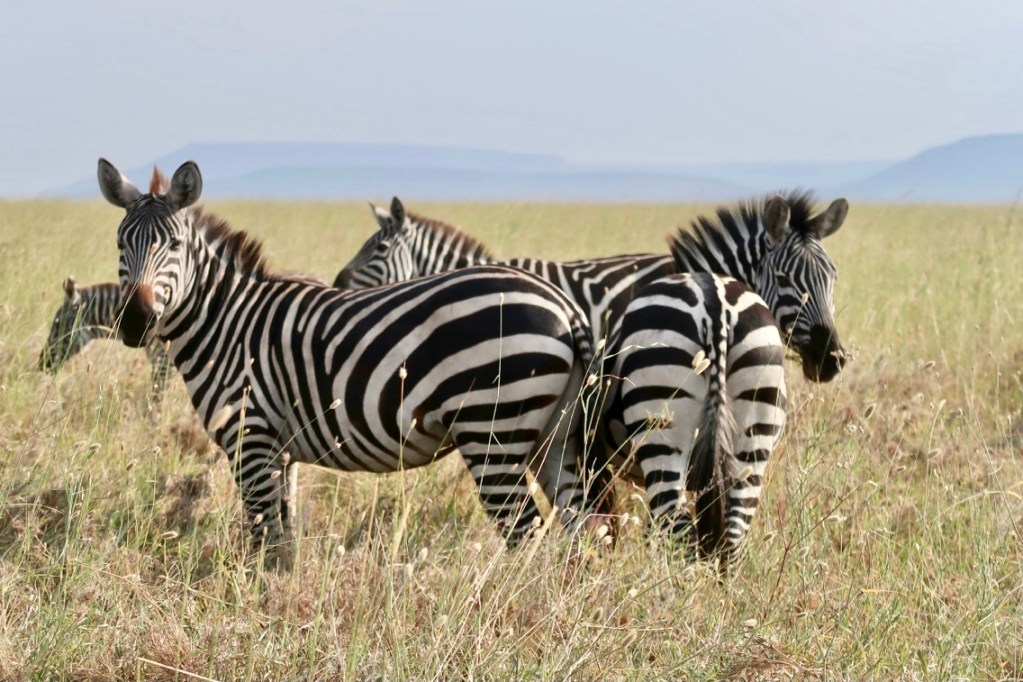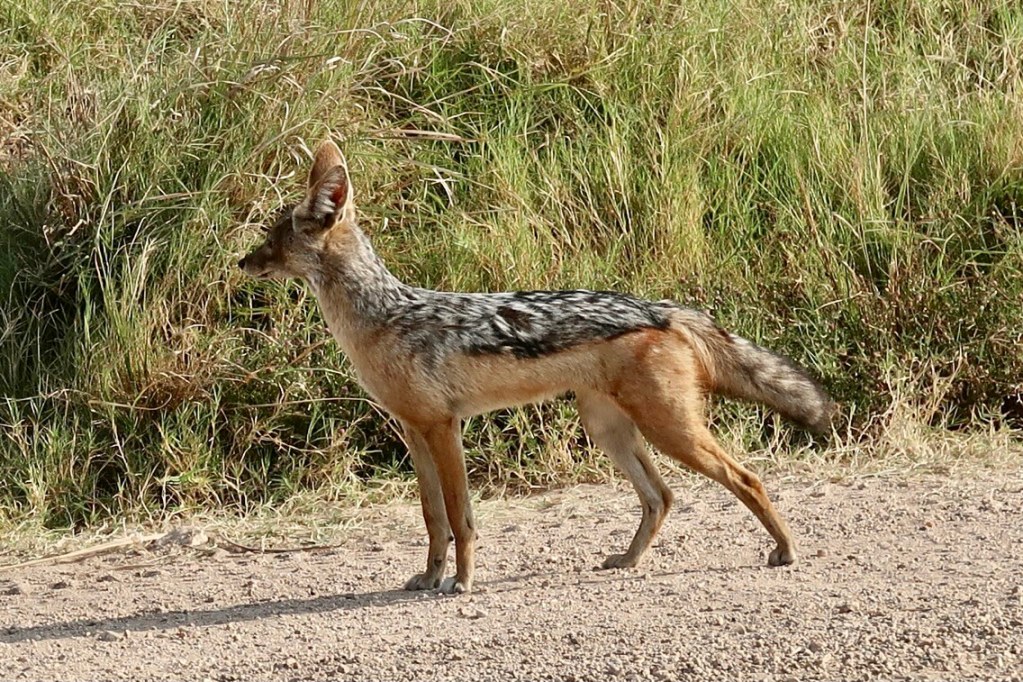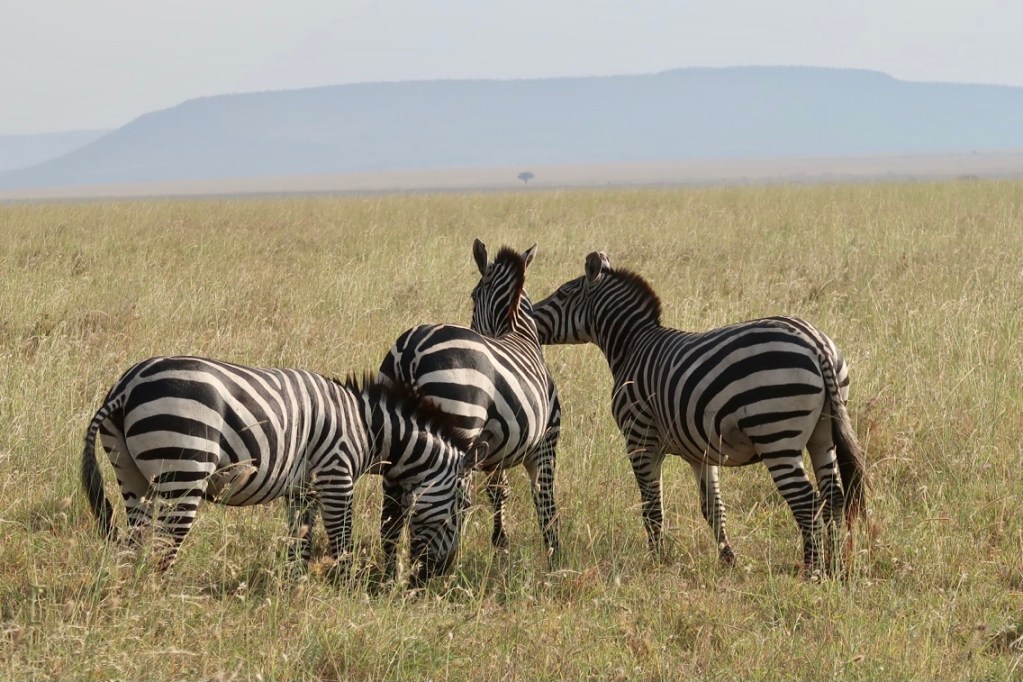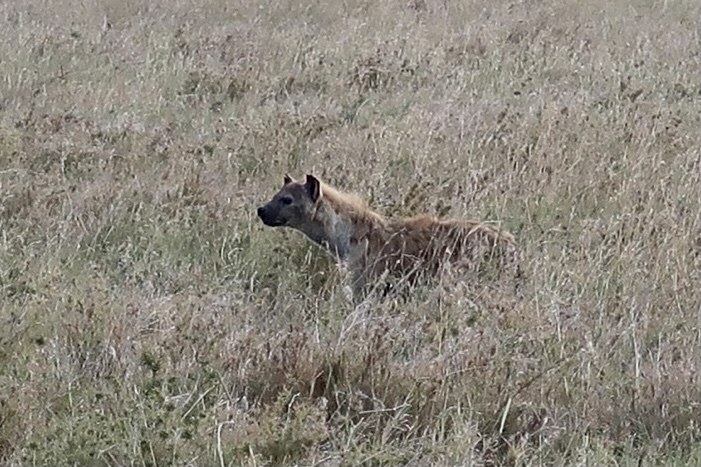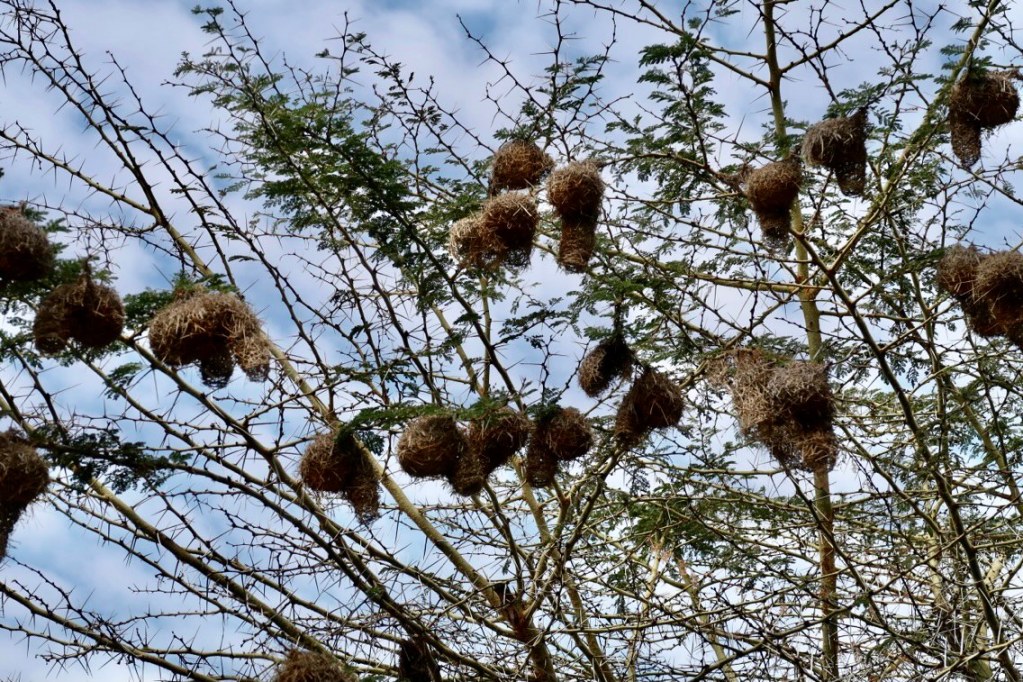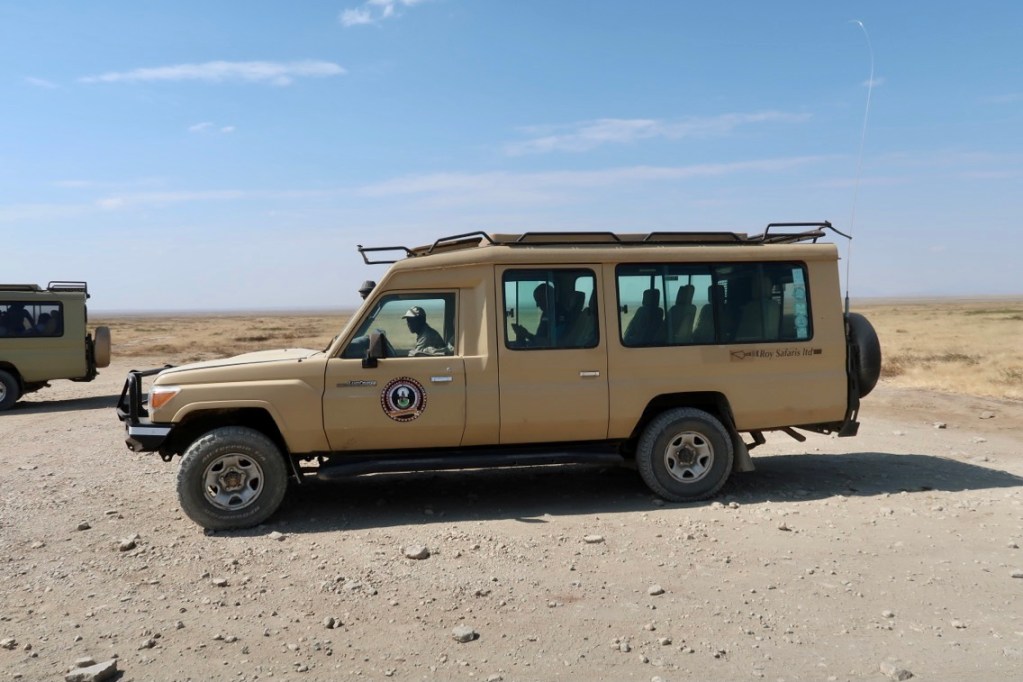The Endless Plains Of The Serengeti, Tanzania

The Endless Plains Of The Serengeti, Tanzania
The word ‘Serengeti’ in the Maasai Maa language means “Endless Plains.”
It is easy to see how well suited and descriptive the name is, when you enter the Serengeti from the east.
The Serengeti plains stretch seemingly endlessly to the horizon in every direction.
Not a single tree stands anywhere.
The plains were created by the hardened ash of the Ngorongoro crater, and the soil base of hard magma allows no tree roots to grow through it.
This vast Savannah is comprised of 1.5 million hectares, and it hosts the annual migration of two million wildebeests, plus hundreds of thousands of gazelles and zebras and all their predators, each year.
It is one of the most impressive natural spectacles in the world.
But the Serengeti is not all flat plains and tall grass.
It is a very diverse landscape with Acacia woodland, wetlands with sub-tropical and tropical plants, ponds full of birds, the river Mara and pools full of hippopotami.
The flattop acacia trees stand tall in the Serengeti woodland.
Animals hide in the branches of the sausage trees, which bear inedible fruit resembling long sausages.
In the days we explored the Serengeti, we slept in a very comfortable bush-tent camp.
The camp had big tents, each as big as a small villa.
We had a living room, a bedroom, a hot shower and a toilet, all inside our tent, and it was furnished with a real bed, nice bedding, white robes, lights and comfortable chairs.
Our meals were served in a dining room with other guests.
In the mornings we left after breakfast to do an “Animal Drive,” which means that we drove around looking to spot and observe the animals.
We usually stopped for a picnic lunch under the shade of a tree, and continued driving around after lunch, until sunset.
We have seen so many animals.
Alan, our guide, drives with one hand on the wheel and with his other hand, he swats flies with his handmade plastic spatula.
He is precise and successful and each and every one of his swats kills a fly.
Jules and I were not successful at swatting a fly even once.
The Serengeti has some biting tsetse flies, which the park authorities are trying to eradicate.
Since the Tsetse flies are attracted to the colors blue and black, they have soaked some black and blue fabric with poison that sterilize the fly.
Here in the Serengeti, there are over 500 species of birds.
I saw big birds that I have never seen before, like the Kori bustard, the heaviest flying bird, the stocking-thighed ostrich, the world’s largest bird, and big parties of ground hornbills.
The trees have feathery bird nests hanging from the branches.
These bird nests are made by True weaver and false weaver birds, also called buffalo weavers.
The Serengeti ecosystem supports 2 million wildebeests, 900,000 Thomson’s gazelles and 300,000 zebras as the dominant herds.
There are also 7,000 Elands, 27,000 Topis, 18,000 hartebeests, 70,000 buffalos, 4,000 giraffes, 15,000 warthogs, 3,000 waterbucks, 2,700 elephants, 500 hippopotami and 200 black rhinoceroses, just to name a few.
Major predators include 4,000 lions, 1000 leopards, 225 cheetahs, 3,500 spotted hyenas and 300 wild dogs.
You simply cannot go a few minutes without spotting wildlife.
We have seen many other tourists around.
It is true that there are no tourists from China, Japan or South Korea now in Tanzania.
But we have seen many tourists from Europe, Russia, and Eastern Europe, including Poland, Romania, Slovenia, France and lots from Spain.
We also saw some tourists from the USA and from South Africa.
When reading the news from home, we read about a resurgence of the Delta variant of Covid and of floodings and road closures in our area of Colorado.
We are determined to cherish the time we have left on this trip, knowing it might become difficult to travel again in the future…
From the Serengeti,
I send you eternal blessings,
Tali




